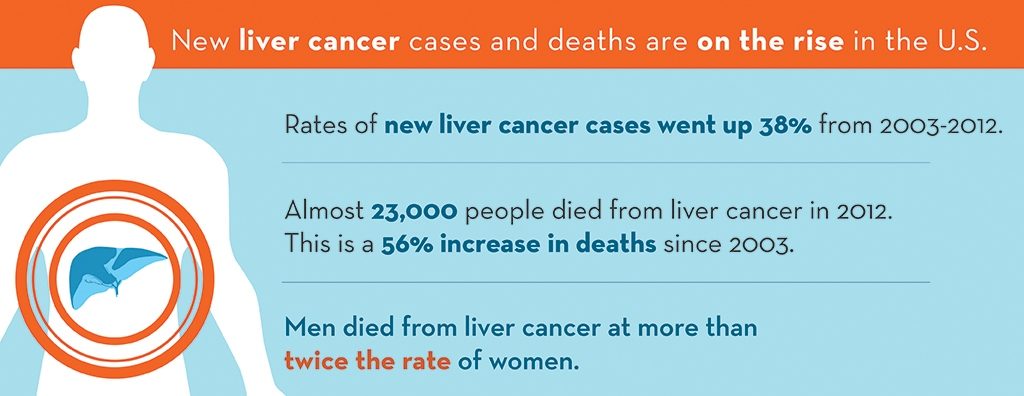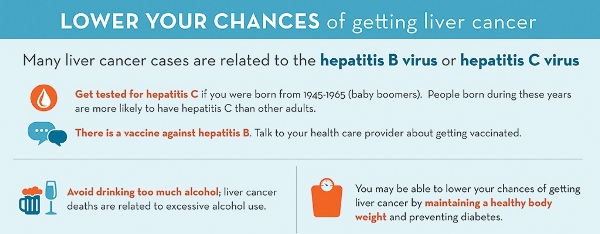UPDATED 3/28/16
Watch Why cancer is so hard to fight in rural Kentucky on PBS. See more from PBS NEWSHOUR
In the end, lung cancer left Jerome Grant voiceless, a breathing tube in his windpipe.
He could say nothing when his wife Dawn spoke her last words to him: “I love you, you know that?”
He gave her a thumbs up. Then he closed his eyes and was gone.
The 52-year-old Louisville man was one of about 10,000 Kentuckians a year taken by cancer in a state where the disease consistently kills at the highest rate in the nation. Experts say the biggest culprit is lung cancer, which strikes and kills Kentuckians at rates 50 percent higher than the national average. But Kentucky’s death rates also rank in the Top 10 nationally for breast, colorectal and cervical cancers.
“It’s really been driven by three major things: obesity, smoking and lack of screening,” said Louisville gastroenterologist Dr. Whitney Jones. “Our state is completely inundated with risk factors.”
Smoking, a stubborn vestige of the state’s tobacco legacy, is at the root of most lung cancers, although other environmental causes such as radon play a part as well. Obesity, a risk factor for several cancers, also hits Kentucky hard, afflicting more than three in 10 residents. Poverty, lack of education and doctor shortages mean residents are less likely to get screenings that can find cancer early – or effective treatment. …
Read Full Article (Excerpt of Article by Laura Ungar of Courier Journal)
 Thomas C. Tucker, PhD, MPH, Associate Director for Cancer Control and Director of the Kentucky Cancer Registry University of Kentucky Markey Cancer Center (NAACCR Steering Committee Chair, Past-President)
Thomas C. Tucker, PhD, MPH, Associate Director for Cancer Control and Director of the Kentucky Cancer Registry University of Kentucky Markey Cancer Center (NAACCR Steering Committee Chair, Past-President)
Unfortunately, Kentucky has the highest overall cancer incidence and mortality rates in the country compared to all other U.S. states and the District of Columbia. Laura Ungar is a staff writer for the Louisville Courier Journal newspaper. In a recent article titled “Cancer Kills Kentuckians at the Highest Rate”, she makes a strong case that the unusually high cancer burden in Kentucky is related to the high rates of poverty and low educational attainment in the state. But, how are poverty and literacy implicated in the excessively high cancer burden in Kentucky? The answer to this question is not simple. For many years we have observed that cancer risk behaviors such as smoking or not being screened are closely tied to high rates of poverty and low educational attainment. Population-based measures of poverty and literacy are often operationalized as the proportion of the population living below the federal poverty level or the proportion of the population over age 25 with a high school degree. These two measures of socioeconomic destress are also highly correlated. In Kentucky, especially in the Appalachian area of the state, these measure are unusually high. In the U.S. only 14% of the population live below the federal poverty level. In one of the Kentucky Appalachian counties, more than 42% of the population are living below the federal poverty level. In the U.S. more than 85% of the population over age 25 have a high school degree. In some counties in the Appalachian region on Kentucky just over half of the population have a high school degree. Consistent with the association between these measures and increased risk behaviors, the Appalachian region of Kentucky has higher rates of smoking and extraordinarily high rates of lung cancer incidence and mortality.
Lung cancer is clearly the major contributor to the unusually high cancer incidence and mortality rates in Kentucky. In the U.S. lung cancer accounts for 14% of all the new cases occurring annually and 18% of all cancer deaths. In Kentucky, lung cancer accounts for 28% of all new cases occurring annually and well over one third (36%) of all cancer deaths annually. It would be easy to say that the unusually high rates of lung cancer incidence and mortality in Kentucky and especially in the Appalachian area of the state are all due to excessive smoking. However, there are several recent studies that provide strong evidence showing the high rates on lung cancer are not accounted for by smoking alone. To put this issue in context, if a person smokes their risk of lung cancer is 11 to 14 times that of a non-smoker. However, if a person smokes and is also exposed to asbestos, their risk of lung cancer can be 300 times that of a non-smoker. We believe that something like this is accounting for the excessively high lung cancer incidence rates in Appalachian Kentucky. Our own studies have shown that people living in the Appalachian area of Kentucky have elevated levels of arsenic and chromium. Both arsenic and chromium are known lung cancer carcinogens. Therefore, we believe that the excessively high lung cancer incidence rates may be due to the higher rates of smoking in combination with exposure to arsenic and chromium.
Reducing the cancer burden in populations marked by high rates of poverty and low educational attainment can be very challenging. The cancer surveillance program provides tools to identify areas and populations with a high cancer burden. However, to reduce this burden requires a clear understanding of cultural and social barriers, and it requires resources to implement culturally sensitive evidence based interventions programs. We are attempting to do this in Kentucky through our collaborative efforts with partners across the state. By focusing on the areas with the greatest need, we were able to reduce the incidence of colorectal cancer by 24% and the mortality rate by 30% in just seven years. No other state had such a dramatic change in such a short period of time. By continuing to implement culturally sensitive evidence based interventions programs we hope to reduce the cancer burden so it can no longer be said that “Cancer Kills Kentuckians at the Highest Rate”.
The opinions expressed in this article are those of the authors and may not represent the official positions of NAACCR.

 A. Blythe Ryerson, MPH, PHD, Interim Chief, Cancer Surveillance Branch, Centers for Disease Control and Prevention (NAACCR Committee Member)
A. Blythe Ryerson, MPH, PHD, Interim Chief, Cancer Surveillance Branch, Centers for Disease Control and Prevention (NAACCR Committee Member)
